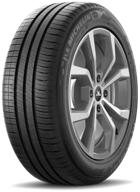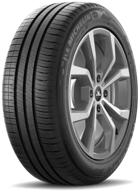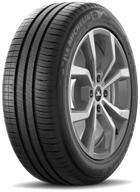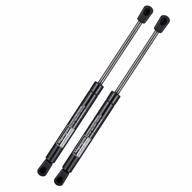
Review on Reliable and Durable: Beck Arnley 201-1794 Ignition Starter Switch by Jeff Hill

Fixed 1998 Honda C-RV random stop.
This fixed my random stopping and not starting on my 1998 Honda CRV. The first generation Honda CR-V has a known problem with the ignition switch. I spoke to a technician at Honda who tried to tell me that my accidental stop wasn't the ignition switch because I could have shaken the keys in the ignition to get it to stop, but it didn't. No matter how hard I tried to shake the key, I couldn't get it to stop. He also said if it was the ignition switch it would always start straight away, which wasn't always the case. Sometimes it was, and sometimes I had to wait a minute or try to start the engine for a few seconds. He didn't know what he was talking about because I replaced the switch and now my car won't stall while driving. It usually stalls after about 15 minutes of driving and then stalls 4-5 more times in the next few minutes of driving after a restart. Eventually it stops and continues driving until the next day after the car stops. Again it started to falter about 15 minutes into my ride. Sometimes the engine would start and then die. It was as if someone had quickly turned the ignition off and on again. This is easy to fix. You only need to lower the lower instrument panel on the driver's side. Just two screws and a few clips. The ignition lock is screwed with two Phillips screws into the back of the mechanical part of the ignition lock where you insert the key. You will. You will need to cut some zip ties to remove the old wiring harness and separate the two connectors. You will need some new zip ties to hold the new wire harness in place. Well, if this doesn't fix your stalls, here's what else it might: 1). Main relay (for injectors and fuel pump behind the lower instrument panel on the passenger side). Another simple solution. Remove the glove box held in place with two screws and the under panel on the passenger side. You will need a 10mm socket to remove the bracket holding the main relay. 2) Ignition Control Module (igniter). It is located in the distributor next to the ignition coil. Not too hard work. You will need to remove the air cleaner assembly and remove the distributor cap, impeller, and impeller cap to get to it. It is held in place by several screws that have wires attached to them. It has a heatsink on it that you need to move to the new igniter. The hardest part is aligning the screw holding the rotor with the slot in the rotor cover to pull it out with a screwdriver. You have to "push" the motor with a quick turn of the key until the rotor lands in the correct position to get to the propeller. 3) ignition coil. This is unlikely unless your car won't start at all, but you may still have a weak coil that can cause intermittent stalling. It's next to the ignition, so it's basically the same job as removing the ignition. 4) Spark plugs, rotor and rotor cover. If any of these factors, or a combination of them, is really bad, you may experience stalling and difficulty starting the engine. This is unlikely unless your engine is also running poorly. How do I know because I changed all these things because the Honda tech told me it can't be the ignition switch. Don't listen to Honda technicians. They don't want to waste time looking up your VIN to see if your ignition switch was recalled, or they just don't know about a recall issue that happened about 18 years ago. I never got to the fuel pump, but it's the last thing I would replace if the ignition switch didn't solve my problem. There is always a chance that a bad electrical connection will occur somewhere, e.g. B. a ground cable or a defective fuse panel under the dashboard. If you are reading the reviews here I would start with replacing the ignition switch. Electrical part with wiring harness, no mechanical part with key switch. So I took the old switch apart and noticed that all of the contact points looked like they were covered in carbon. They looked more dirty than burnt. It looked and felt like soot. I was able to clean them with a cotton swab and fine sandpaper. I could probably reuse the old Switch, but since I bought a new one from Revain for only $28 I didn't take the risk. If you're trying to clean and reuse the original switch, be careful when taking it apart so you don't break any of the clips holding it together. You have to pry off several clamps at once. Not easy. I've attached a picture of what the dirty contacts looked like in an old ignition switch. Hope this helps someone. It took me over a week to solve my problem.
- Quality Construction
- Vulgarity
New products
Comments (0)
Top products in 🔋 Switches & Relays
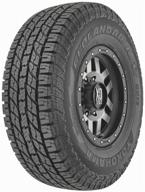
Yokohama Geolandar A/T G015 215/65 R16 98H all season

83 Review
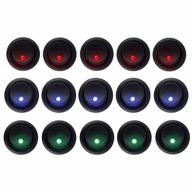
HOTSYSTEM 5 Blue + 5 Red + 5 Green Dot LED Light Round Rocker Toggle Switch SPST On-Off Control For Car Truck

24 Review

Gaming headset ASUS TUF Gaming H3 (90YH02AR-B1UA00) black-red

46 Review

Xiaomi Mi Robot Vacuum-Mop 2 EU, white

82 Review


